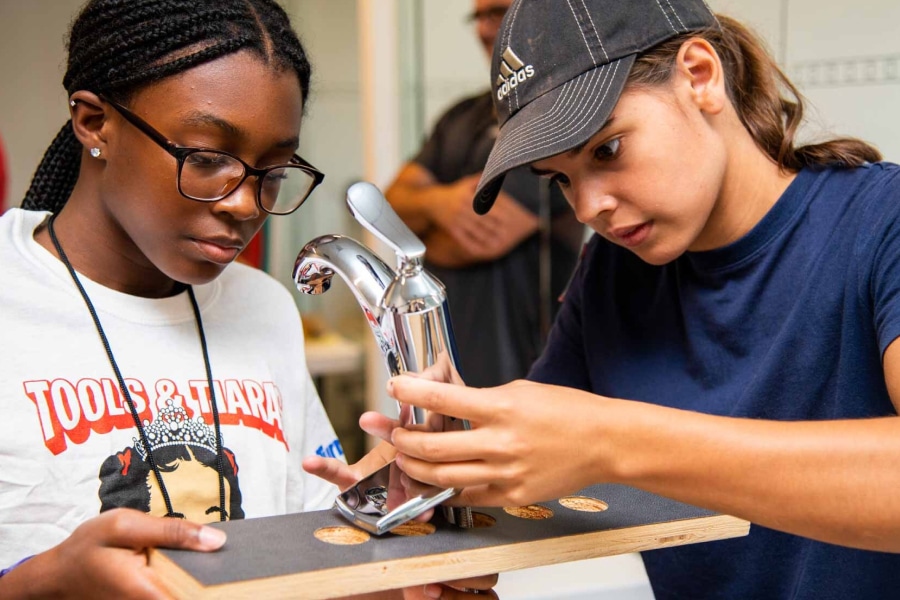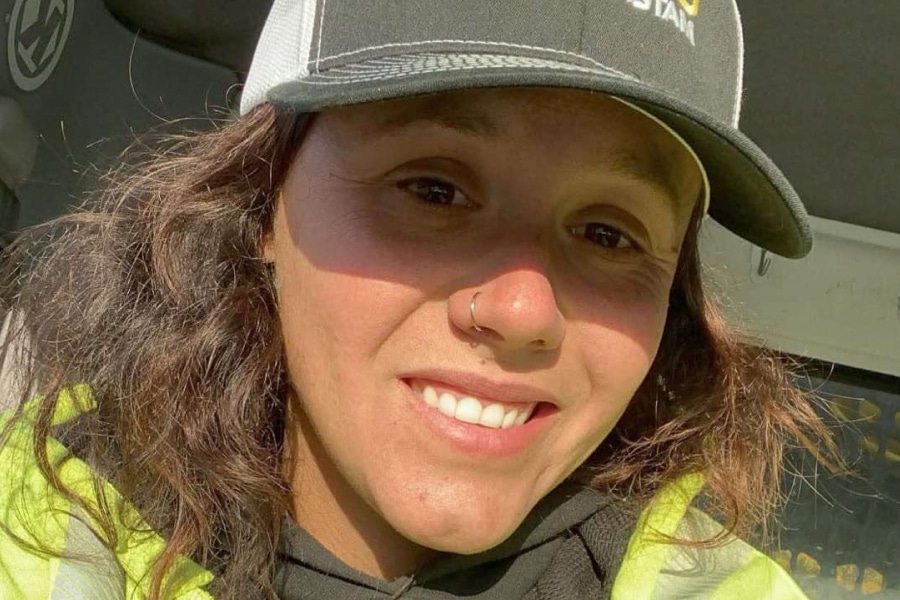Johns Thomas Vellikara grew up in Pune, a massive city in western India, the son of a contractor and always aware of the projects his father was working on. By his teen years, Vellikara was thinking about what his own role in the industry might be—fueled, in part, by an annual project with his dad.
At Christmas, the duo would build elaborate, life-size nativity scenes. Each year, there was a different theme—even a waterfall effect once. “That’s where the creativity started from,” Vellikara said.
While his dad focused on more technical points of construction, Vellikara was curious about the creative side. He eventually earned an undergraduate degree in architecture and provided design services on a variety of residential projects in Pune—from bungalows to apartment complexes.
Well-designed spaces help all of us do more in our work and lives, Vellikara said. And he was eager to create the spaces and places that make a difference. But as he started adding other construction services to his clients, Vellikara grew more interested in construction management, too.
So, Vellikara took a big leap, traveling from India to Pittsburgh to attend Carnegie Mellon University. Vellikara is in the final weeks of his master’s degree program in architecture, engineering and construction management. One of two winners of the “Innovation Scholarship” awarded by Construction Progress Coalition and Bluebeam, he will graduate in December 2022.
Now, Vellikara is ready to return to the workforce and be part of projects that transform our landscapes, skylines and lives. “My goal is to actually be associated with building marvels that will be coming in the future,” said Vellikara, who plans to remain in the United States after graduation. “I want to be a part of that building and be responsible for the building to be standing tall and proud. I want to be involved in that process.”
Lead by example
For Vellikara, the program at Carnegie Mellon was the right fit. It allowed him to expand on his architectural knowledge as he built his construction management skills. “I didn’t want to leave my architectural background; I didn’t want it to be obsolete, because I believe both are important,” he said.
The two disciplines give Vellikara a deep understanding of the distinct priorities of each. And the relationship between the two was the subject of one of his Carnegie Mellon classes, which focused on understanding the perspective of each main stakeholder on a project—the owner, engineer, architect and construction manager.
Mutual understanding, Vellikara said, leads to fewer jobsite clashes. But it also fosters an environment that allows the entire team to work together to find value-adding solutions. “If they understand each other well, it makes it easier for each other to communicate,” he said.
Sustainability was another focus of his studies, and one class in particular dialed in to the reuse of existing building materials harvested from demolished buildings. “The concept is that even a city can be an urban mine,” Vellikara said.
A growing number of communities, including Palo Alto, California, now require that buildings are torn down in ways that make it easier to salvage materials for reuse. And while there are plenty of obstacles—including the lack of a supply chain that would get the needed materials to the right places—Vellikara sees plenty of benefits.
“Achieving that is going to take some time,” Vellikara said. “But, if given a chance, I will try to implement it because that is the way we lead by example.”
Next generation
Technology can help connect salvaged materials with the right projects. Building information modeling-based material passports, Vellikara said, could match deconstructed materials to the right places. “That gets us one step closer,” he said, “because it will make the jobs of construction managers and contractors easier.”
And as Vellikara thinks about the future of his career, he’s excited about other technological innovations in the offing. He’s already seeing the potential.
During a summer internship, for instance, Vellikara donned an augmented reality helmet to get a 3D visualization of a site. As part of his scholarship project, he envisioned a quality check solution where, with the scan of a QR code in each room of a project, workers could quickly pull up information about specific paint colors, fixtures and other details to ensure work is on track.
And, at Carnegie Mellon, one class focused on what the future of construction could look like—a world where robots did the hands-on work, and people checked in on progress from laptops in their home offices.
Vellikara is optimistic about it all as he sets his sights on being part of an industry behind the next generation of built marvels that transform places and spaces in this world—and beyond. He’s even interested and excited with the future possibilities of building on Mars. “I’m just excited to see what kind of buildings we are able to make,” he said.











